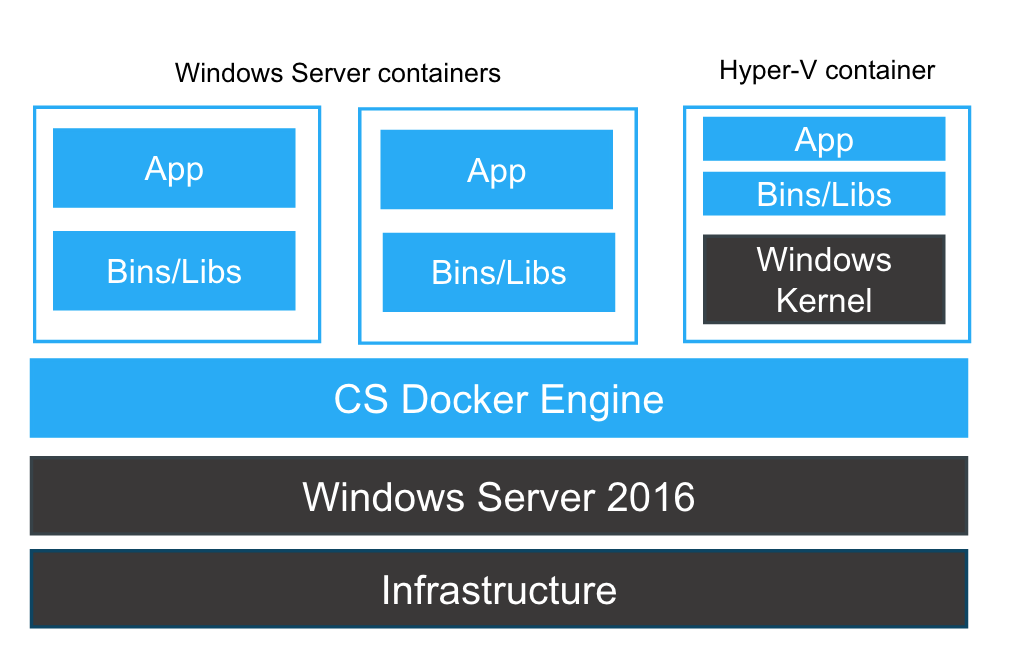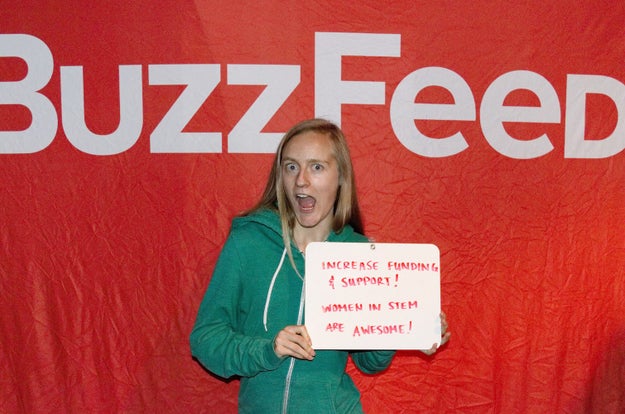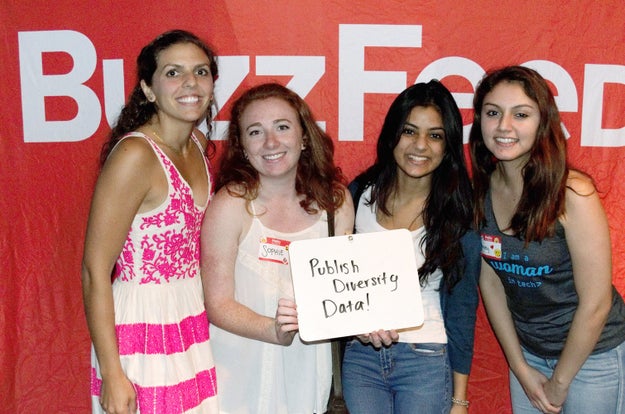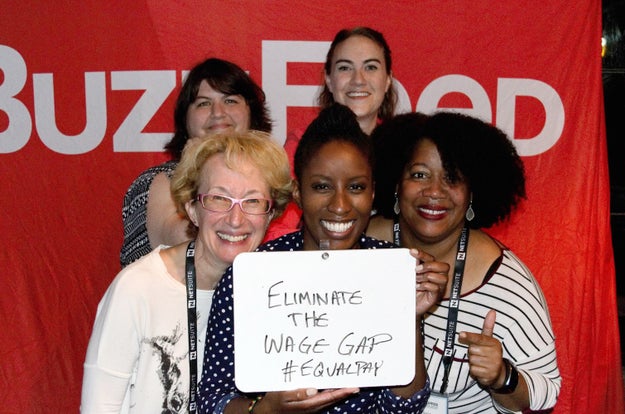Welcome to the CloudForms 4.2 Beta 1 release. The beta program will run for a number of weeks starting Halloween 2016.
Please note this is a Beta Blog and therefore should NOT be used to confirm the GA release of this product.
Let’s break down the mega release into various sections of the platform for a quick review;
Providers
VMware vCloud Air/Director
This new provider has been developed in conjunction with XLAB.SI. It delivers the following capabilities;
Inventory
Collect vApps
Collect Datacenters
Events
Event Catcher and Switchboard support
Metrics – Not Yet
LifeCycle
Provision vCloud Apps (vApps) from CloudForms Service Catalog and Operations UI
VMware vSphere
New Dashboard for vSphere Provider.
Allow for Cluster only selection &8211; We had a requirement to allow users to select only the cluster, and not specify the host or datastore. So during provisioning on VMware vSphere you can now do this, select only the cluster and if the cluster supports DRS it will automatically decide a host and datastore on the VMware side of the house.
Provisioning with Storage Profiles &8211; Now you can provision in CloudForms supporting VMware Storage Profiles. VMware Storage Profiles let you assign policies to datastores such as production or test. In CloudForms we pre-filter the datastore selection based on these profiles.
Red Hat Virtualization
Snapshot Management &8211; Take/Restore from Snapshots within RHV.
Disk Management &8211; Connect/Disconnect drives to your virtual machines. Fully supporting VM reconfigure.
Middleware (Hawkular)
Inventory
Clusters
Hosts
Entities
Topology
Applications
Templates
Datasources
Drivers
Deployment status
Cross linking
Dedicated performance reports for Hawkular are also included.
Events
Receive Events
Support for Alert Profiles and automated expressions for middleware servers
Metrics
The Hawkular provider supports live metrics. This means that when you view the charts within CloudForms we grab the live metrics from the server at that time for the following,
Datasources
Transactions
JMS Topics
Queues
Life Cycle Operations
Deploy Application
Upload WAR
Create Datasource(s)
Add JDBC Drivers
OpenStack Cloud
Create/Update/Delete OpenStack Cloud Tenants
Create/Update/Delete Host Aggregates
Take and Remove Snapshots at VM level
OpenStack Infrastructure
New topology view of the Under Cloud
Ironic Controls Added for Hosts
Set as Manageable
Introspect Nodes
Provide Nodes
OpenStack Neutron
Create/Update/Delete Router
Create/Update/Delete Network
Create/Update/Delete Subnet
Inventory of Network Ports
OpenStack Swift
New provider in a new Storage menu. This provider class will be built out in future releases.
Inventory
OpenStack Cinder
New provider in a new Storage menu. This provider class will be built out in future releases.
Inventory
Snapshot Support for Volumes exposed in the UI and Automate.
Create/Restore from Backup exposed in the UI and Automate.
OpenShift Enterprise
View Container Templates
Chargeback for container images &8211; Enabling images to support a fixed cost. This can contribute a base image cost to a variable utilised report for pods and applications.
Chargeback based on container image tags.
Support for Custom Attributes &8211; Now we see the OpenShift labels as custom attributes.
Allow policies to prevent image scans, this is useful if you wish to stop CloudForms from inspecting certain images for security or performance reasons.
Reports : Pods for images per project and Pods per node.
Google Cloud
Metrics &8211; CPU, Memory and Network.
Load Balancer Inventory.
Load Balancer Health Checks &8211; Shown in inventory and actionable using automation.
Hide deprecated images from provisioning.
Preemptible Instances &8211; Googles Preemptible Instances are a low cost way of getting compute, coming with restrictions such as termination without notice. CloudForms supports the provisioning of these instances.
Retirement Support.
Microsoft Azure
Additional metrics to CPU such as;
Memory
Disk
Chargeback for Fixed, Allocated and Utilized costs for VM resources.
Support for Floating IPs during provisioning.
Load Balancer inventory.
Microsoft SCVMM
Bug fixes.
Amazon EC2
New CloudForms Appliance Image &8211; This means you can now run CloudForms in Amazon EC2 without any other hosting infrastructure required.
User Interfaces
Both
Single Level Proxy Support &8211; This allows for users to access the remote console for workloads that may be behind a firewall (e.g. service providers). You can configure CloudForms to proxy remote console sessions when direct host visibility is not available. This capability is also exposed to automate.
Notification Draw &8211; Users can receive both Toasts and Notifications from any event happening in CloudForms. This means that during provisioning, as various phases are passed such as approval, quota check, etc., you can notify the user that this has happened. Furthermore, we have enabled this with a helper method in Automate, meaning that any automate method can emit notifications. The notifications can be read or saved. The drawer holds a history of previous notifications.
Operations UI
Topology viewer added for Infrastructures and Cloud Providers.
New toggle view to switch between classic inventory view and new dashboard view.
Schedule automate tasks &8211; Run once or recurring.
VM Explorer Trees &8211; A new setting has been introduced and set as default. This setting REMOVES the VM&8217;s from the explorer trees, as it caused a substantial performance hit. This setting can be turned back on for smaller environments under My Settings > Services > Workloads > All VMs. The page load time was reduced from 93,770ms to 524ms (99% improvement) with a test of 20,000 VMs.
Timelines &8211; New Timelines component for timelines view on VMs, Providers or other objects supporting this feature.
Service UI
New support for Chargeback roll-up data per My Services. Shows $/$$/$$$ costings.
Service Power Operations &8211; You can now Stop/Start/Suspend an entire service composed of multiple VMs.
Confirmation when deleting items from your shopping cart.
Cockpit Integration &8211; Red Hat Enterprise Linux 7.x systems can be managed/configured using the Cockpit server manager interface. CloudForms now allows launching the Cockpit UI in a new window for systems identified as enabled.
Platform
Chargeback
Numerous changes to Chargeback to improve accuracy in results.
Centralized Administrator
This item is to support some of our larger installations of CloudForms whereby the customer wishes to have one single entry point into CloudForms from any number of regions or zones setup globally. We have supported for some time the notion of a Reporting Region, this allows to report centrally on any data rolled up from child regions to the parent reporting region. With Centralized Administration you can now not only report, but start to perform some of lifecycle tasks too such as;
VM Power Operations &8211; Start/Stop/Suspend a VM in any region from your central region.
VM Retirement &8211; Retire a VM in any region from your central region.
Tenancy
Tenancy has seen two major changes in this release as follows;
OpenStack and our Tenancy
You can now synchronize the tenants that exist within OpenStack to CloudForms. This means you can, as an administrator, define some simple mapping rules and CloudForms will automatically keep the tenants that exist within the OpenStack providers synchronized to those in CloudForms.
CloudForms Tenancy
Ad-hoc sharing of resources across tenants. This will allow users to select an item in their view and share it with anyone in any other tenant in CloudForms.
Database Maintenance
The results from numerous support surveys shows that the database can suffer performance or stability issues when maintenance is not carried out regularly. Therefore we are including in the “black console” menus the ability to configure Database Maintenance activities.
Database High Availability
We are supporting in the product, PostgreSQL High Availability. The support is for Primary to Stand-by, you can manually control the swap or use a heartbeat to automatically fail over. The feature is easily enabled using the &8220;Black Console&8221; menu.
Automate
Import Automate Models from GiT Repository
Fully UI configurable and managed.
Post Commit Hooks &8211; Automatically synchronize the changes to the CloudForms appliances enabled with the GiT Server Role.
Tags &8211; Select what is synchronized by Tags.
Branches &8211; Select what is synchronized by Branch.
Supports certificates
Schedule automate tasks &8211; Now you can create tasks that are triggered based on a timed schedule
Notifications &8211; You can $evm.create_notification(:message => &8220;my custom message&8221;). We support error levels and subjects too. This will allow you to provide feedback direct to your users from automate. For example, if you have an automate script that exports, converts and imports a VM from one platform to another, you could notify the user who initiated the task when each phase has completed. Previously the only messaging to the user was email, with notifications you have live feed back through the UI direct to the user.
Quelle: CloudForms








